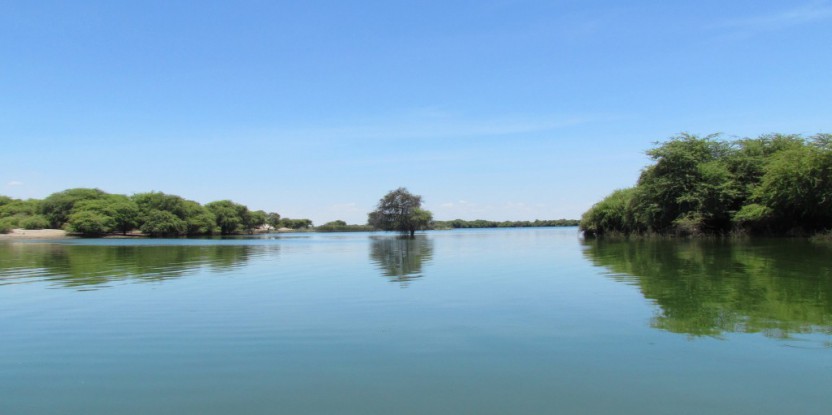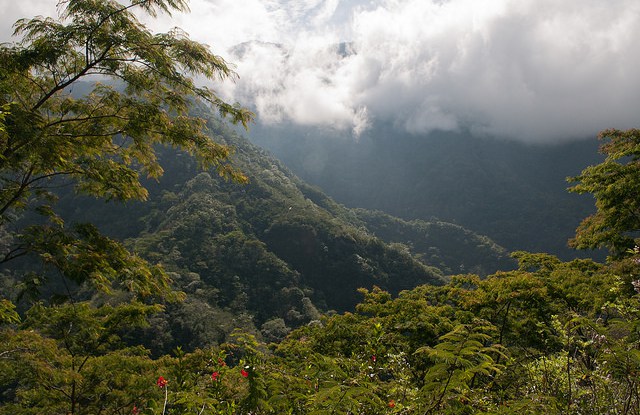
The UNFCCC COP20 in Lima is around the corner, and expectations are mounting again on how far the world’s countries are prepared to go in handling causes and effects of climate change. Lima is the last main stop en route to a new climate deal in Paris next year, following a high-profile UN Climate Summit in New York in September.
There are new reasons for optimism. We recently noted an opening move by US and China, while Norway remains a champion of the forest game. The EU is committing to substantial emission reductions. The Green Climate Fund is growing, and so is, seemingly, the political momentum.
At the same time, there are some clouds in the sky. Guarding local and indigenous people’s rights to forests can be outright dangerous. One major concern is that increasing demand for food affects the climate. Reconciling the world’s climate ambitions with the world’s development ambitions could also be better articulated.
It is against this backdrop that the second Global Landscapes Forum (GLF) will be held in Lima on 6-7 December. Presented in conjunction with the Government of Peru and coordinating partners UNEP and FAO, the Forum will be a science-based gathering that rivals any similar conference of the past few years. Among the 91 (!) institutions that will lead sessions and research launches at GLF, we share the vision that healthy landscapes are a crucial part of climate and development solutions, and we share the mission to exchange knowledge and experiences across regions, disciplines, scales and sectors.
The GLF will inform high-level political processes, in particular the UNFCCC and the UNGA-led post-2015 development agenda. But I expect that the Forum will also provide inspiration for pragmatic actions at farm, community, province and country levels. This year we have had a very strong set of session proposals, and the science committee has had the pleasant challenge of prioritizing among very substantive suggestions.
The result is a rich program under the heading of “Sustainable landscapes for a new climate and development agenda – A vision beyond 2015,” organized around the following four themes—making it difficult to choose which parallel sessions to attend:
- The implementation of integrated landscape approaches
- Forests, agriculture, mountains and land use in the new climate regime
- Landscapes and the green economy
- Landscapes and the post-2015 development agenda
In addition we will welcome a large number of prominent high-level speakers; there will be sessions dedicated to civil society, youth, jurisdictional approaches, REDD+, climate-smart agriculture and many more. Thematic pavilions and a “Landscapes Laboratory” will dive deeper into these issues and provide opportunities for networking and information exchange.
My own expectation from this year’s GLF—indeed the thread that runs through the entire program—is that we will explore the “How?” In the past couple of years, the interest in integrated landscape solutions has grown fast. But we need more than interest and good will. We also need to see and understand how those landscape solutions are realized under widely different social, environmental and economic conditions.
The GLF represents a unique, even historic, fusion of disciplines, sectors and ambitions engaged in a sustainable future and committed to lowering fences and building bridges to work together
This is a time for applied research to step up. CIFOR comes from a forestry research perspective. Together with our sibling centers in the CGIAR, we bring in the broader research agenda around food security and natural resources management, while other GLF partners bring research findings from across the sustainable development agenda. This grounds the conference firmly in research and provides an opportunity to bring the evidence base to bear with other experts and decision makers (including climate negotiators, government officials, civil society and the corporate and finance sectors). And it is a two-way street: Research can provide results and lessons for negotiators and decision-makers, but it can also become better informed about real-world issues and knowledge gaps so as to improve priority-setting.
Finally, we are breaking new ground. The GLF represents a unique, even historic, fusion of disciplines, sectors and ambitions engaged in a sustainable future and committed to lowering fences and building bridges to work together.
See you in Lima!
We want you to share Forests News content, which is licensed under Creative Commons Attribution-NonCommercial-ShareAlike 4.0 International (CC BY-NC-SA 4.0). This means you are free to redistribute our material for non-commercial purposes. All we ask is that you give Forests News appropriate credit and link to the original Forests News content, indicate if changes were made, and distribute your contributions under the same Creative Commons license. You must notify Forests News if you repost, reprint or reuse our materials by contacting forestsnews@cifor-icraf.org.
